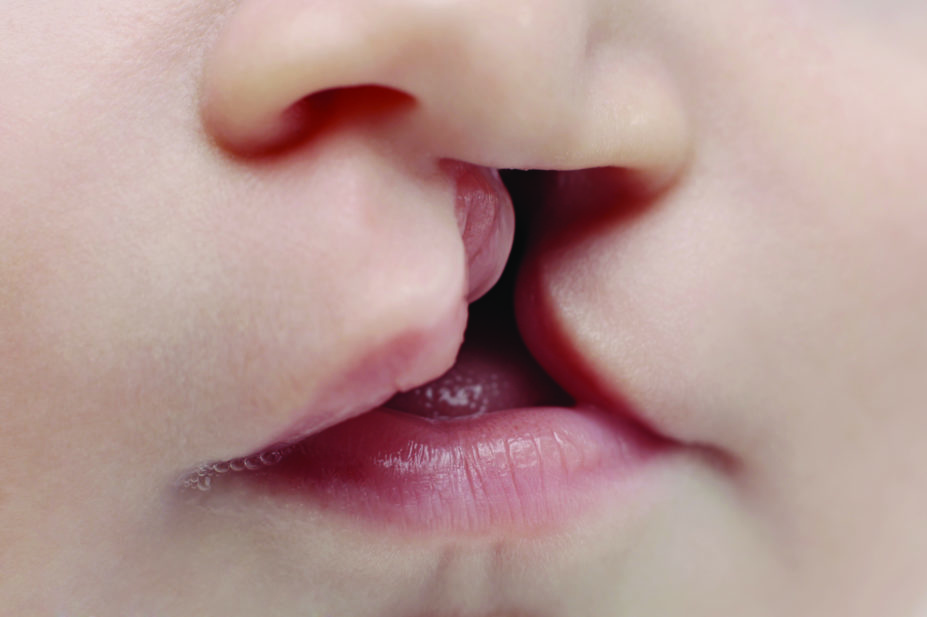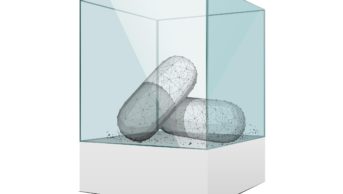
Shutterstock.com
The European Medicines Agency’s (EMA) Coordination Group for Mutual Recognition and Decentralised Procedures – Human (CMDh) has endorsed strengthened measures to avoid valproate exposure during pregnancy.
Under the new measures proposed by the EMA’s Pharmacovigilance Risk Assessment Committee (PRAC) in February 2018, following a review of the medicine’s risks to the foetus, valproate can no longer be used to treat migraine or bipolar disorder during pregnancy. There is also now a ban on using valproate to manage epilepsy during pregnancy, unless no other effective treatment is available.
In addition, valproate can no longer be prescribed to women and girls of child-bearing age unless they are part of a pregnancy prevention programme. Under this programme, patients will be given multiple pregnancy tests — once before treatment begins then throughout treatment, and agree to use effective contraception throughout. Patient and prescriber will jointly complete forms acknowledging the risk of valproate to the developing foetus, and giving consent to valproate treatment.
A visual warning of the risk to the foetus must be placed on medicine packaging, and further warnings must be included in patient information provided with the medicine.
Companies marketing valporate medicines will now be required to undertake additional studies on the nature and extent of the risks, and to monitor valproate use and the long-term effects from affected pregnancies, the CMDh said.
The endorsement will now be sent to the European Commission, which will take a final, legally binding, decision on whether to apply the measures across the European Union within the next 67 days.
The Medicines and Healthcare products Regulatory Agency (MHRA) has welcomed the confirmation, which came on 23 March 2018. “Valproate (Epilim, Depakote and other generic brands) is associated with a significant risk of birth defects and developmental disorders in children born to women who take valproate during pregnancy,” June Raine, director of MHRA’s Vigilance and Risk Management of Medicines Division, said.
“If valproate is taken during pregnancy, up to four in ten babies are at risk of developmental disorders, and approximately one in ten are at risk of birth defects.” The new measures, Raine said, are designed to ensure patients are fully aware of the risks and the need to avoid becoming pregnant. PRAC said in its February announcement that “women were still not always receiving the right information in a timely manner and that future measures were needed to help avoid use during pregnancy.”
Raine said the new regulatory measures “also include a ban on the use of valproate for migraine or bipolar disorder during pregnancy, and a ban on the use of valproate to treat epilepsy during pregnancy, unless there is no other effective treatment available. But, she added, “we also know it is important women don’t stop taking valproate without first discussing it with their doctor.”
The Royal Pharmaceutical Society (RPS) and the Royal College of General Practitioners have worked with the MHRA on updated guidelines for valproate, with Sandra Gidley, chair of the RPS English Pharmacy Board, representing the Society on the MHRA’s Valproate Stakeholder Network. The three health bodies have previously co-produced toolkits and an educational video to highlight the risks. The MHRA will be revising its national toolkit and updating other relevant documents in the coming months, and the RPS will likewise be updating relevant materials.
Raine acknowledged the efforts of patient and campaign groups. “I would like to particularly thank the families of the Valproate Stakeholder Network who have shared their experiences and expertise with us,” she said. “Their support will help keep future generations of children safe.”


